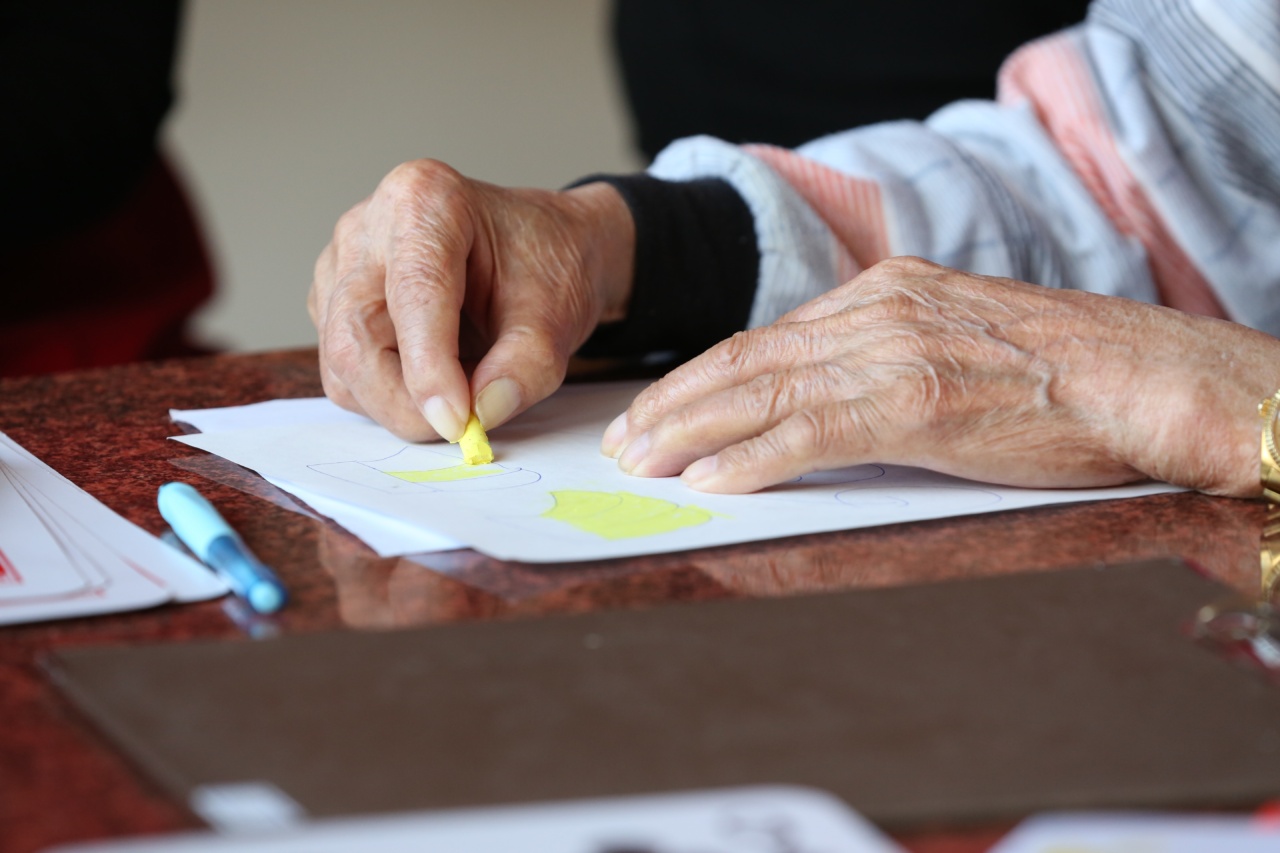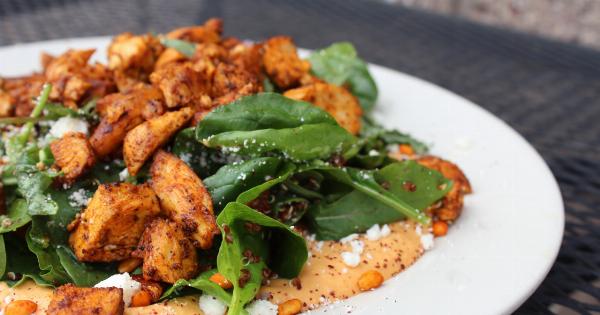Arthritis is a chronic condition that affects millions of people worldwide. It is a disease that causes inflammation in the joints, leading to pain, stiffness, and difficulty in movement.
While there is no cure for arthritis, there are many treatment options available to help manage the symptoms and alleviate the pain. In this article, we will discuss some of the effective ways to heal the pain of arthritis.
Understanding Arthritis
Arthritis is a broad term that refers to the inflammation of the joints. The most common types of arthritis are osteoarthritis, rheumatoid arthritis, and gout. Osteoarthritis is caused by the wear and tear of the joints over time.
It is most commonly seen in older adults. Rheumatoid arthritis, on the other hand, is an autoimmune disorder that occurs when the immune system attacks the joints. It can affect people of any age. Gout is a type of arthritis that develops when uric acid crystals accumulate in the joints.
The Pain of Arthritis
The pain of arthritis can vary depending on the type and severity of the condition. Generally, people with arthritis experience stiffness and pain in the joints, which can make it difficult to move around.
The pain can be sharp, dull, or aching and is often worse in the morning or after prolonged periods of sitting or standing. The pain can also be accompanied by swelling, redness, and warmth in the affected joints.
Exercise
Exercise is one of the most effective ways to manage arthritis pain. Regular exercise can help strengthen the muscles around the joints, improve flexibility, reduce pain and stiffness, and increase overall mobility.
Low-impact exercises like swimming, walking, cycling, and yoga are perfect for people with arthritis. These activities put less stress on the joints while providing a good workout. It is essential to start slowly and gradually increase the duration and intensity of the exercise regimen.
Diet
Diet plays a crucial role in managing arthritis pain. A diet rich in anti-inflammatory foods can help reduce inflammation in the joints, thereby alleviating pain.
Foods like fatty fish, leafy greens, berries, nuts, and whole grains are excellent sources of anti-inflammatory nutrients. It is also essential to cut down on inflammatory foods like processed foods, refined sugars, and saturated fats.
Weight Management
Being overweight can put extra pressure on the joints, leading to more pain and inflammation. Losing excess weight can help reduce the burden on the joints and relieve pain.
A healthy diet and regular exercise can help promote weight loss and improve overall health.
Joint Protection
Protecting the joints can help prevent further damage and alleviate pain.
There are many ways to protect the joints, like using assistive devices like braces or splints, avoiding repetitive high-impact activities, and using proper body mechanics while performing daily tasks. For example, using a step stool to reach high places instead of standing on a chair or using a backpack instead of carrying a heavy bag can help protect the joints and prevent pain.
Heat and Cold Therapy
Heat and cold therapy are effective ways to manage arthritis pain. Applying a warm compress or taking a warm bath can help relax the muscles and reduce stiffness and pain.
Cold therapy, like placing a cold pack on the affected joint, can help reduce inflammation and numb the pain. It is essential to use these therapies judiciously and avoid excessive exposure to heat or cold, as it can cause burns or damage to the skin.
Medication
Medication is one of the most common methods of managing arthritis pain. There are many over-the-counter and prescription medications available to alleviate pain, reduce inflammation, and improve joint function.
Nonsteroidal anti-inflammatory drugs (NSAIDs) like ibuprofen and naproxen are commonly used to manage pain and inflammation. Other medications like disease-modifying antirheumatic drugs (DMARDs) and biologic agents are used to treat rheumatoid arthritis and other autoimmune conditions.
Acupuncture
Acupuncture is an ancient Chinese therapy that involves inserting thin needles into specific points on the body. Acupuncture is believed to stimulate the body’s natural healing mechanisms and reduce pain and inflammation.
There is some evidence to suggest that acupuncture can be an effective method of managing arthritis pain. It is essential to consult a qualified acupuncturist before trying this therapy.
Massage
Massage is a gentle manipulation of the soft tissues of the body. Massaging the joints can help reduce stiffness, improve flexibility, and alleviate pain.
It is essential to choose a qualified massage therapist and communicate clearly about your specific pain points and limitations.
Conclusion
Arthritis can be a debilitating condition that affects every aspect of a person’s life. However, there are many effective ways to manage arthritis pain, improve joint function, and enhance overall quality of life.
Regular exercise, a healthy diet, weight management, joint protection, heat and cold therapy, medication, acupuncture, and massage are some of the powerful tools available to help heal the pain of arthritis.






























